Disclaimer : This unit was provided for an honest review by Hifinage. All opinions are my own. You can buy it from the store here.
Build & Fit
Thankfully, it is lighter than it's bigger brother OH10 even though it is also made up of metal, an aerospace alloy. The understated blue is a refreshing color to see in the world of iems.
The shells are durable and well built, and on the taller side (vertically) than the usual shell, due to its "crushed metal" look.
The fit in my medium ears is not what I would call snug, but not something that actually bothers me. Unfortunately, the OFC SPC cable quality is just poor and not upto the mark for the price. There are just way better
cables being offered with much cheaper IEMs. On further scrutiny, I have found the 2 pin entry system to be of high quality, which is banked to prevent breakage by forceful entry. Nice thinking from Ikko.

Amp Needs
At 18 ohm and 106 dB/mW this is designed for portable usage and needs no dedicated amp to be driven. It even sports a right angled 3.5mm SE jack to be plugged into your phone directly.
Sound
Lows
For people who prefer nuanced and controlled bass, the OH1 will be a revelation. On first listen, you'll hear the bass dig deep down and with remarkable control and decay. No sign of bloat into the midrane, no melding with the midbass.
The subbass feels like a different entity when it comes to its presence but coherent when it comes to presentation. Even in complex tracks, the subbass holds its own with authority and confidence. The attack is clean and impactful followed by a fast decay which ensures an overall sound that is not warm.
Midbass slam is on the leaner side but you'd be willing to ignore it given the tasteful subbass that grabs your attention. The bass is slightly and tastefully boosted compared to what is "neutral" to my ears. This is some quality bass, and some of the best I have heard even ignoring the price point.

Mids
Lower mids are lean and I would have wished for some more weightage here. And hence we reach the only noticeable issue with the OH1 : it's upper midrange. The upper midrange is considerably shouty. This shoutiness cuts through most of the spectrum and you hear it all the time, it imparts a big chunk to the overall
sound signature. This upper midrange boost affects other parts of the overall sound as well which I will expand in their respective sections. Harsh female recordings, or harsh recordings in general have that hard edge to them because of this. That sizzle.
This boost does "increase" the perception of microdetails in this region which is felt on prolonged sessions. Is the boost bothersome? It will be, if you are sensitive in this region, otherwise it won't be a deal breaker, but be sure that you will aware of it, cymbals are snare hits sound compressed because of this, adding a nasal touch to this region.
The boost isn't particularly very fatiguing to my ears though, it just skews the otherwise nice timbre and tonality slightly to the shouty side. You can curb this by some EQ, which is highly recommended. The presentation of the midrange is slightly distant, making it what you can call a mild "U shaped" frequency response.
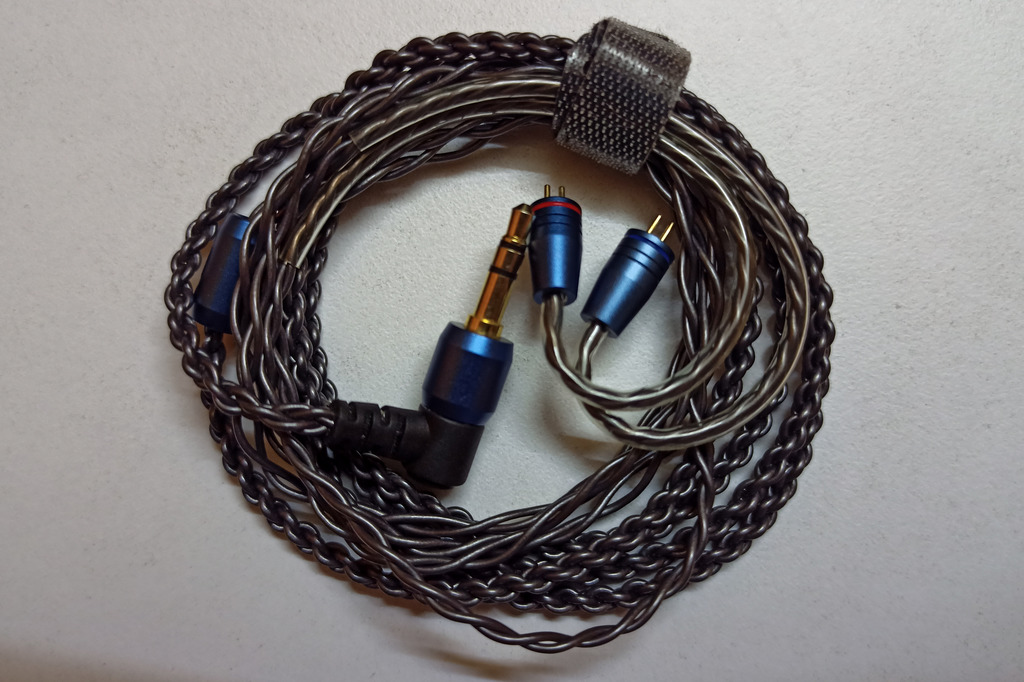
Highs
In one word, inoffensive yet present. The zing and essence of the instruments are portrayed beautifully with nice balance. It is airy, clear and well extended to my ears. The open-ness to the sound gives it a refreshing and energetic character to the IEM's overall sound. The correct word to describe the treble region would be
"euphonic". There are no timbre problems to speak of in this region.

Soundstage, Imaging and Dynamics
To get it out of the way, the dynamics aren't really noteworthy, the upper mid boost affects the overall dynamics. The soundstage width is decent for the price range, but loses out to it's bigger brother OH10 which has a substantially wide stage.
Depth isn't something that IEMs in this price class can render properly, and the OH1 falls in the same class. Imaging is similar to other competitors in this range.
Detail Retrieval and Resolution
The detail retrieval and resolution do take a hit because of the upper midrange boost, masking some of the micro details and ambient details and information. This is even considering the fact that OH1 doesn't have a boost in midbass which is infamous to mask details. There's no denying the fact that
the upper mid glare manages to cut through the sound.

Conclusion
EQ'ing the upper midrange, the OH1 is an entry that redefines the price bracket. It has some of the best bass I've heard yet in this range and even ignoring price. It's a fun and energetic listen everytime with no noticeable tonality compromise either (after the EQ).
It's the kind of IEM that gets you on your feet. For the price it sells, it is an over-performer.
Build & Fit
Thankfully, it is lighter than it's bigger brother OH10 even though it is also made up of metal, an aerospace alloy. The understated blue is a refreshing color to see in the world of iems.
The shells are durable and well built, and on the taller side (vertically) than the usual shell, due to its "crushed metal" look.
The fit in my medium ears is not what I would call snug, but not something that actually bothers me. Unfortunately, the OFC SPC cable quality is just poor and not upto the mark for the price. There are just way better
cables being offered with much cheaper IEMs. On further scrutiny, I have found the 2 pin entry system to be of high quality, which is banked to prevent breakage by forceful entry. Nice thinking from Ikko.

Amp Needs
At 18 ohm and 106 dB/mW this is designed for portable usage and needs no dedicated amp to be driven. It even sports a right angled 3.5mm SE jack to be plugged into your phone directly.
Sound
Lows
For people who prefer nuanced and controlled bass, the OH1 will be a revelation. On first listen, you'll hear the bass dig deep down and with remarkable control and decay. No sign of bloat into the midrane, no melding with the midbass.
The subbass feels like a different entity when it comes to its presence but coherent when it comes to presentation. Even in complex tracks, the subbass holds its own with authority and confidence. The attack is clean and impactful followed by a fast decay which ensures an overall sound that is not warm.
Midbass slam is on the leaner side but you'd be willing to ignore it given the tasteful subbass that grabs your attention. The bass is slightly and tastefully boosted compared to what is "neutral" to my ears. This is some quality bass, and some of the best I have heard even ignoring the price point.

Mids
Lower mids are lean and I would have wished for some more weightage here. And hence we reach the only noticeable issue with the OH1 : it's upper midrange. The upper midrange is considerably shouty. This shoutiness cuts through most of the spectrum and you hear it all the time, it imparts a big chunk to the overall
sound signature. This upper midrange boost affects other parts of the overall sound as well which I will expand in their respective sections. Harsh female recordings, or harsh recordings in general have that hard edge to them because of this. That sizzle.
This boost does "increase" the perception of microdetails in this region which is felt on prolonged sessions. Is the boost bothersome? It will be, if you are sensitive in this region, otherwise it won't be a deal breaker, but be sure that you will aware of it, cymbals are snare hits sound compressed because of this, adding a nasal touch to this region.
The boost isn't particularly very fatiguing to my ears though, it just skews the otherwise nice timbre and tonality slightly to the shouty side. You can curb this by some EQ, which is highly recommended. The presentation of the midrange is slightly distant, making it what you can call a mild "U shaped" frequency response.

Highs
In one word, inoffensive yet present. The zing and essence of the instruments are portrayed beautifully with nice balance. It is airy, clear and well extended to my ears. The open-ness to the sound gives it a refreshing and energetic character to the IEM's overall sound. The correct word to describe the treble region would be
"euphonic". There are no timbre problems to speak of in this region.

Soundstage, Imaging and Dynamics
To get it out of the way, the dynamics aren't really noteworthy, the upper mid boost affects the overall dynamics. The soundstage width is decent for the price range, but loses out to it's bigger brother OH10 which has a substantially wide stage.
Depth isn't something that IEMs in this price class can render properly, and the OH1 falls in the same class. Imaging is similar to other competitors in this range.
Detail Retrieval and Resolution
The detail retrieval and resolution do take a hit because of the upper midrange boost, masking some of the micro details and ambient details and information. This is even considering the fact that OH1 doesn't have a boost in midbass which is infamous to mask details. There's no denying the fact that
the upper mid glare manages to cut through the sound.

Conclusion
EQ'ing the upper midrange, the OH1 is an entry that redefines the price bracket. It has some of the best bass I've heard yet in this range and even ignoring price. It's a fun and energetic listen everytime with no noticeable tonality compromise either (after the EQ).
It's the kind of IEM that gets you on your feet. For the price it sells, it is an over-performer.




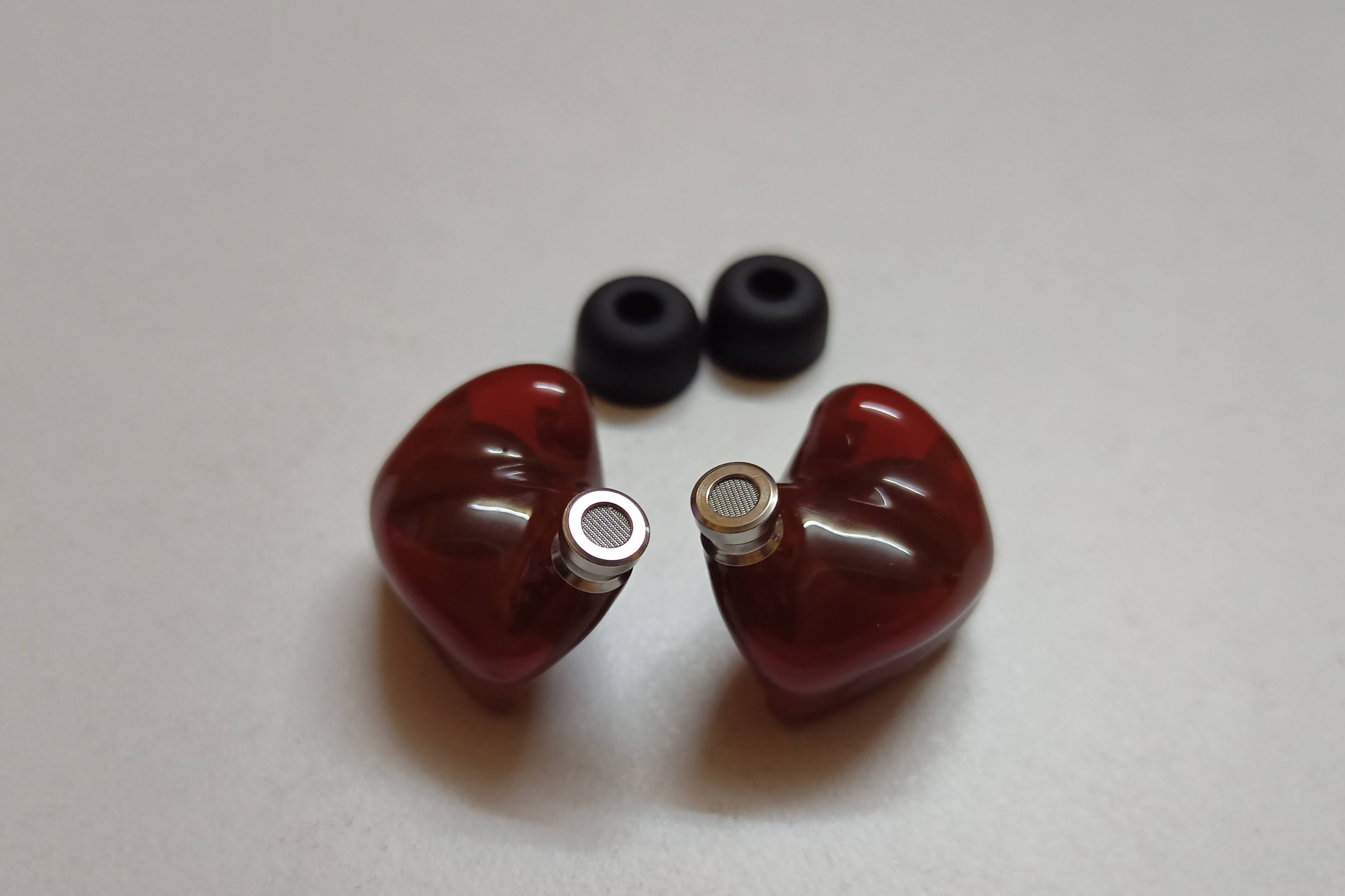



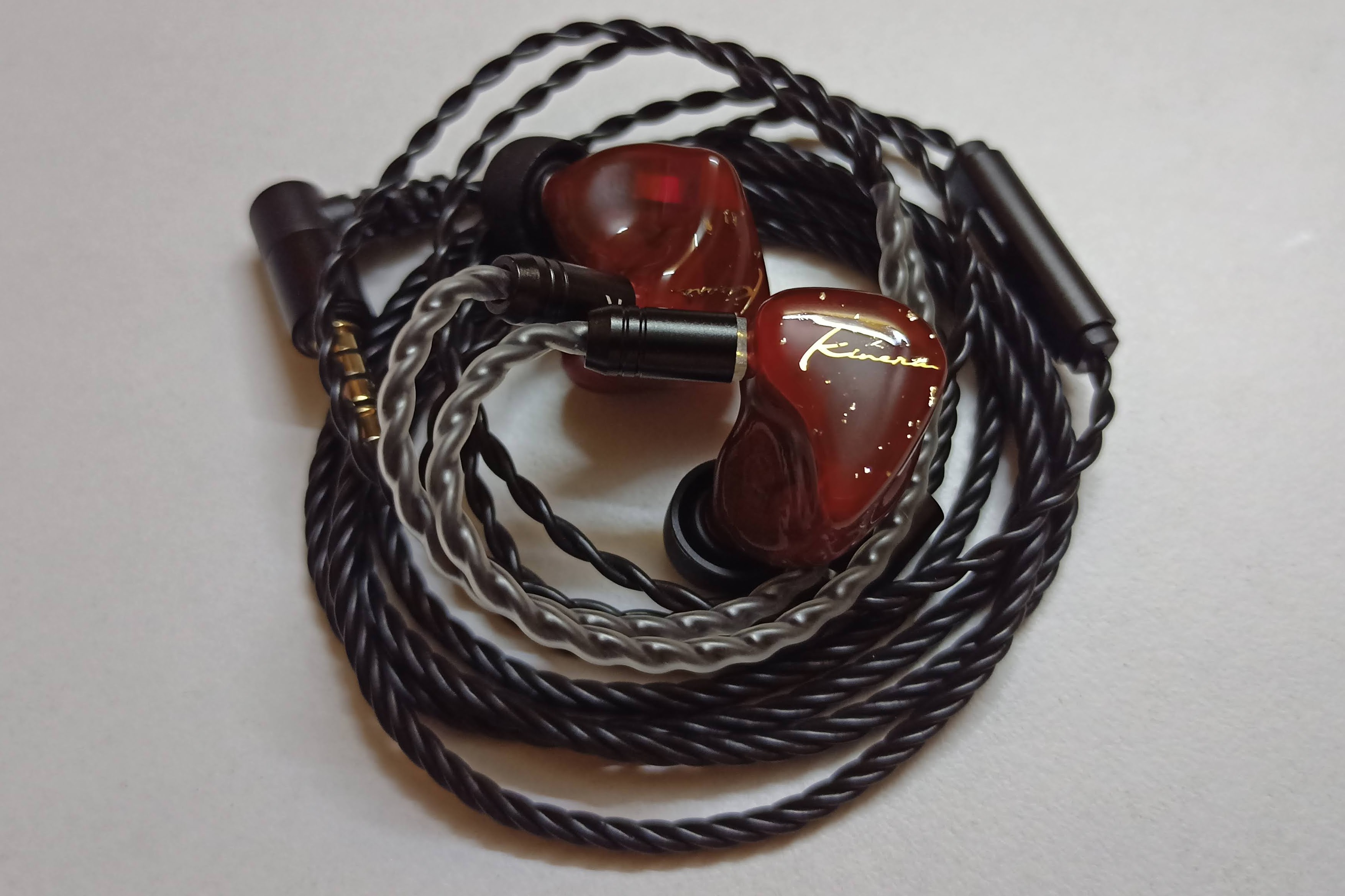























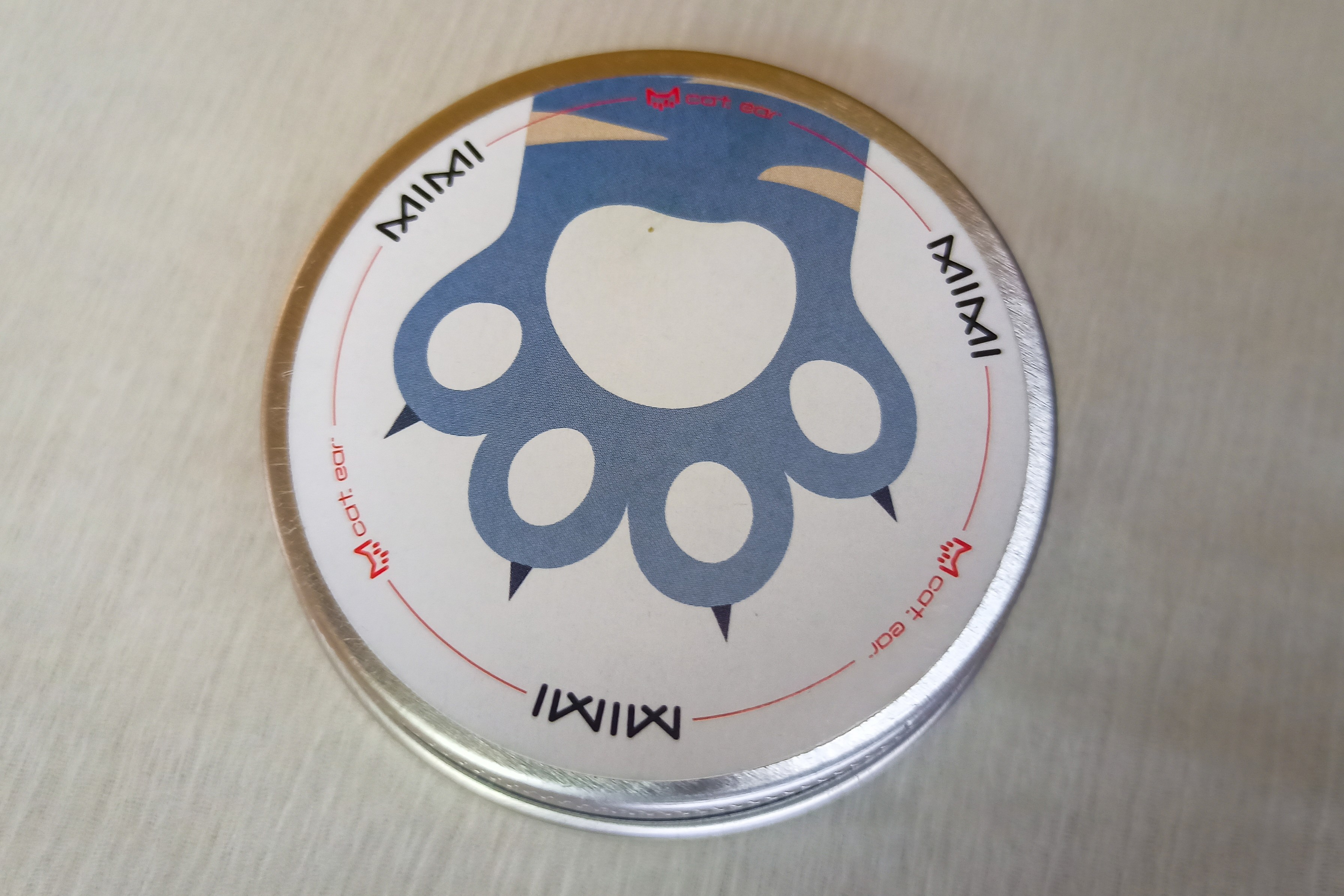
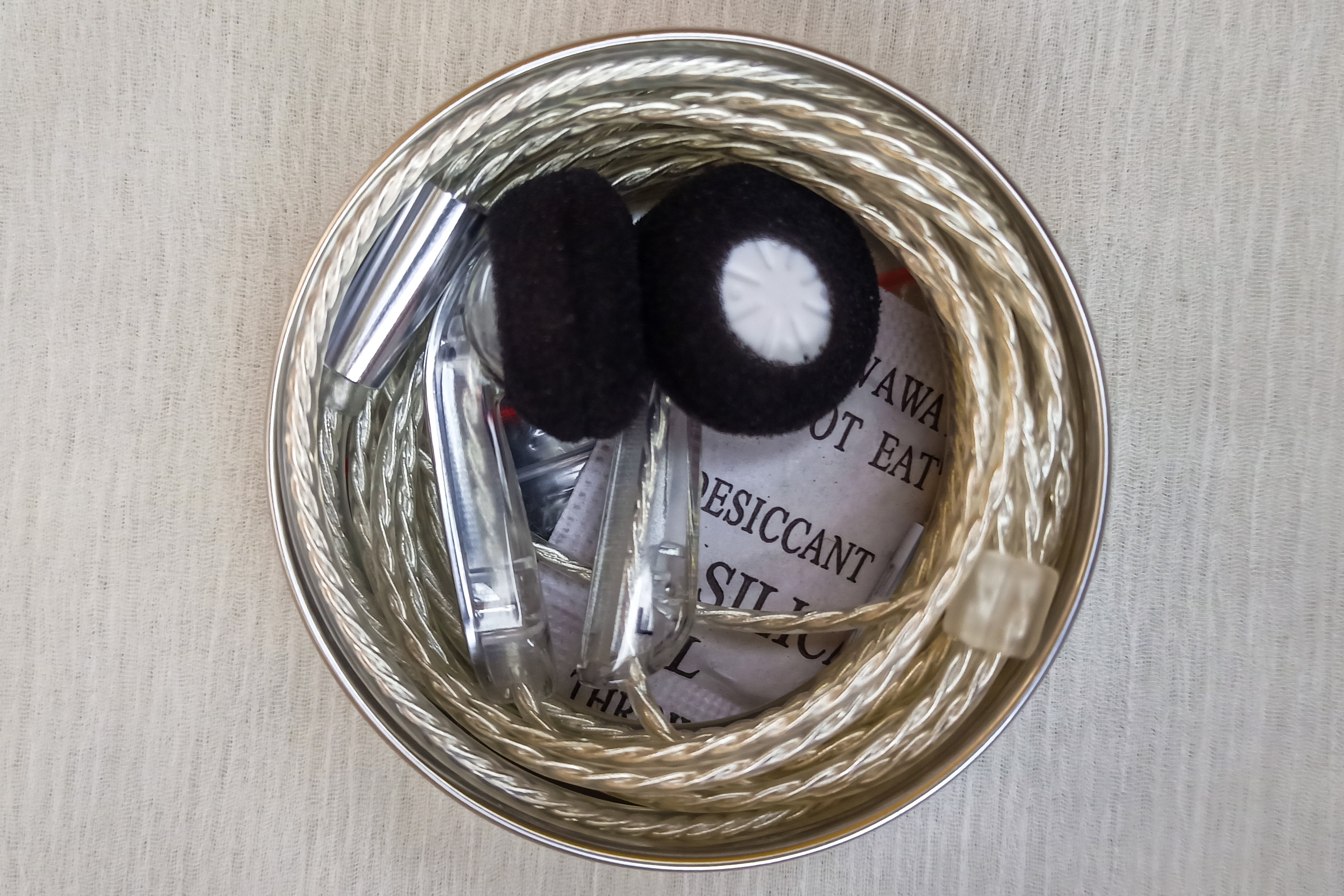







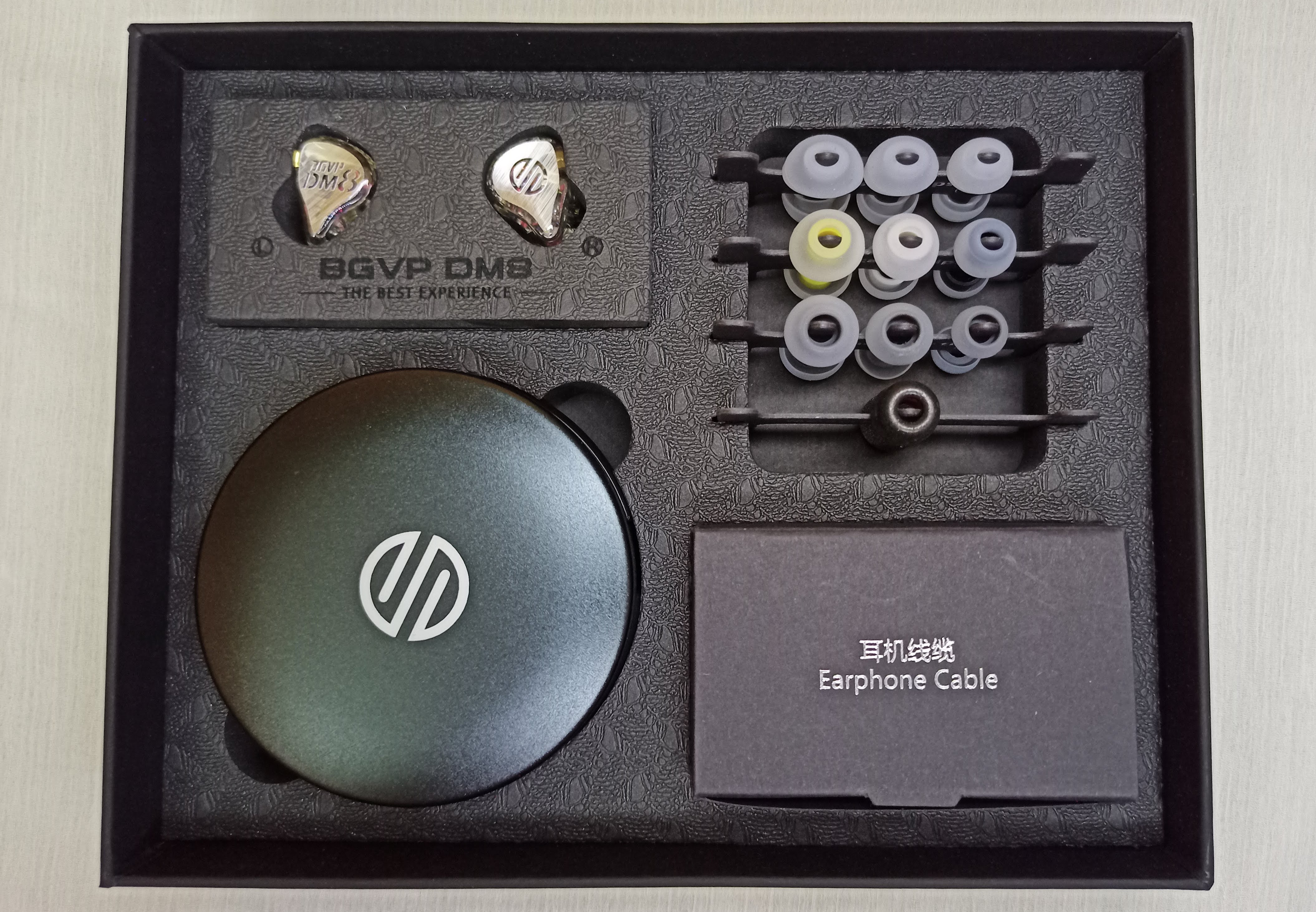

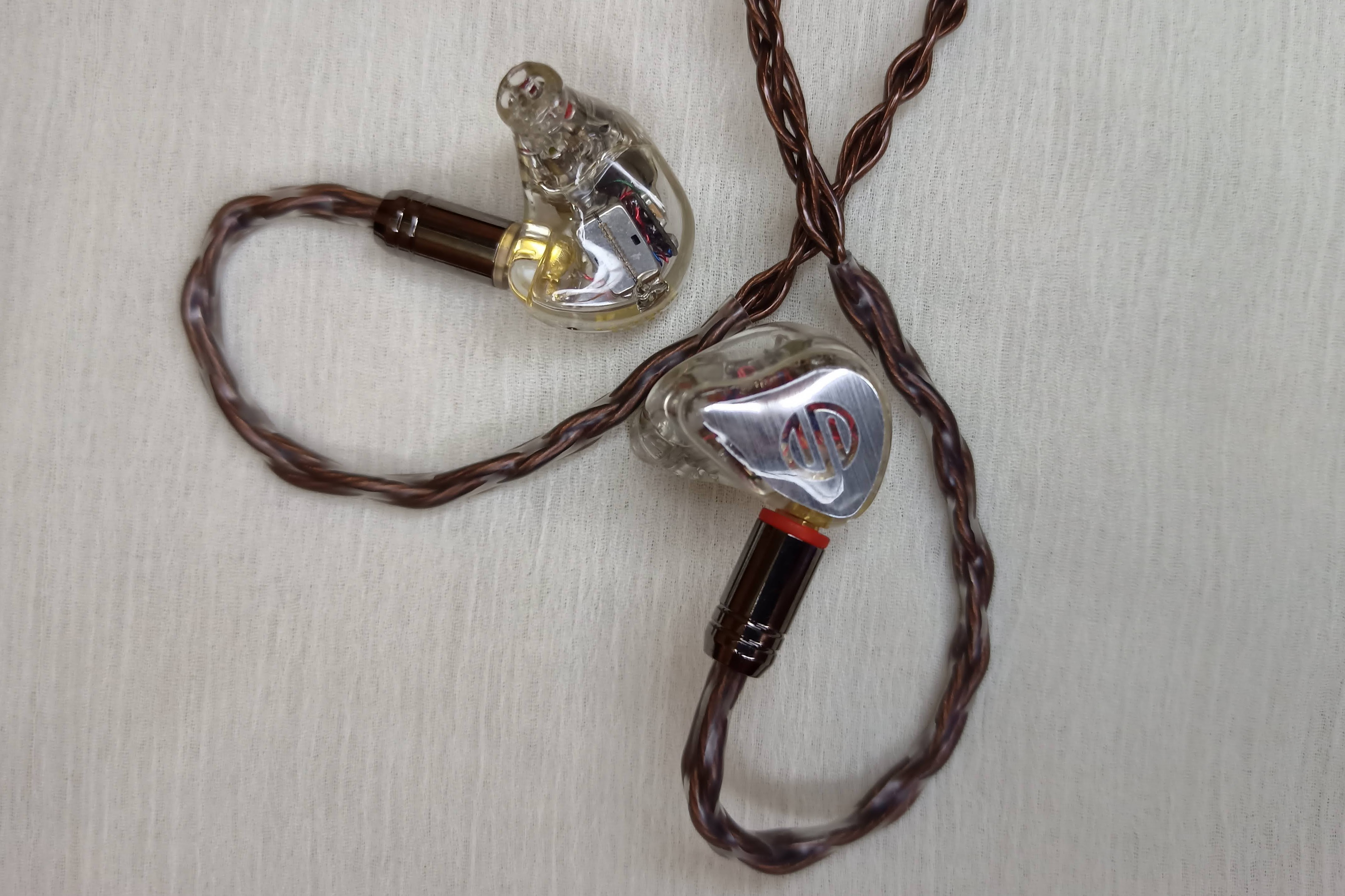

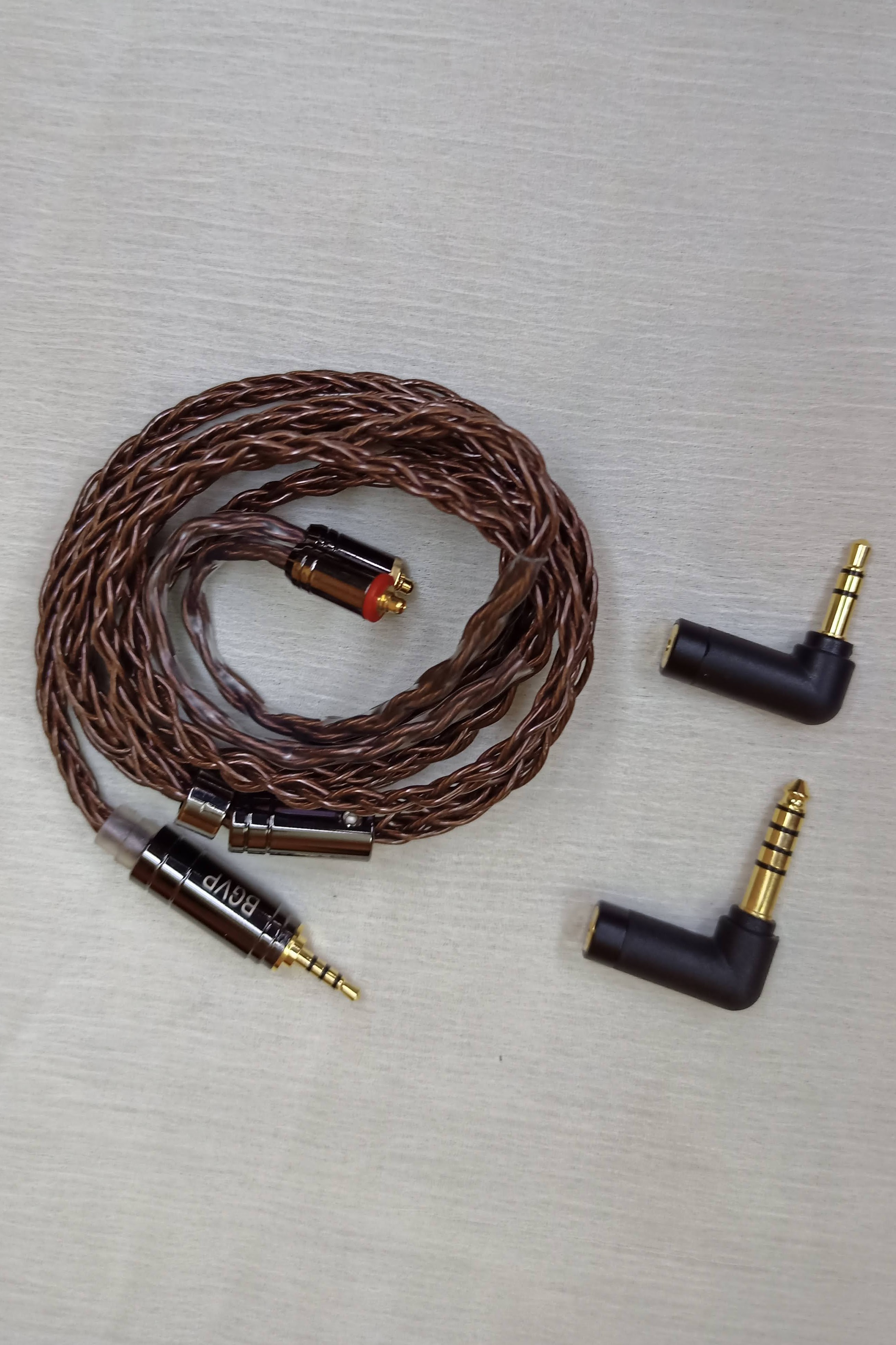
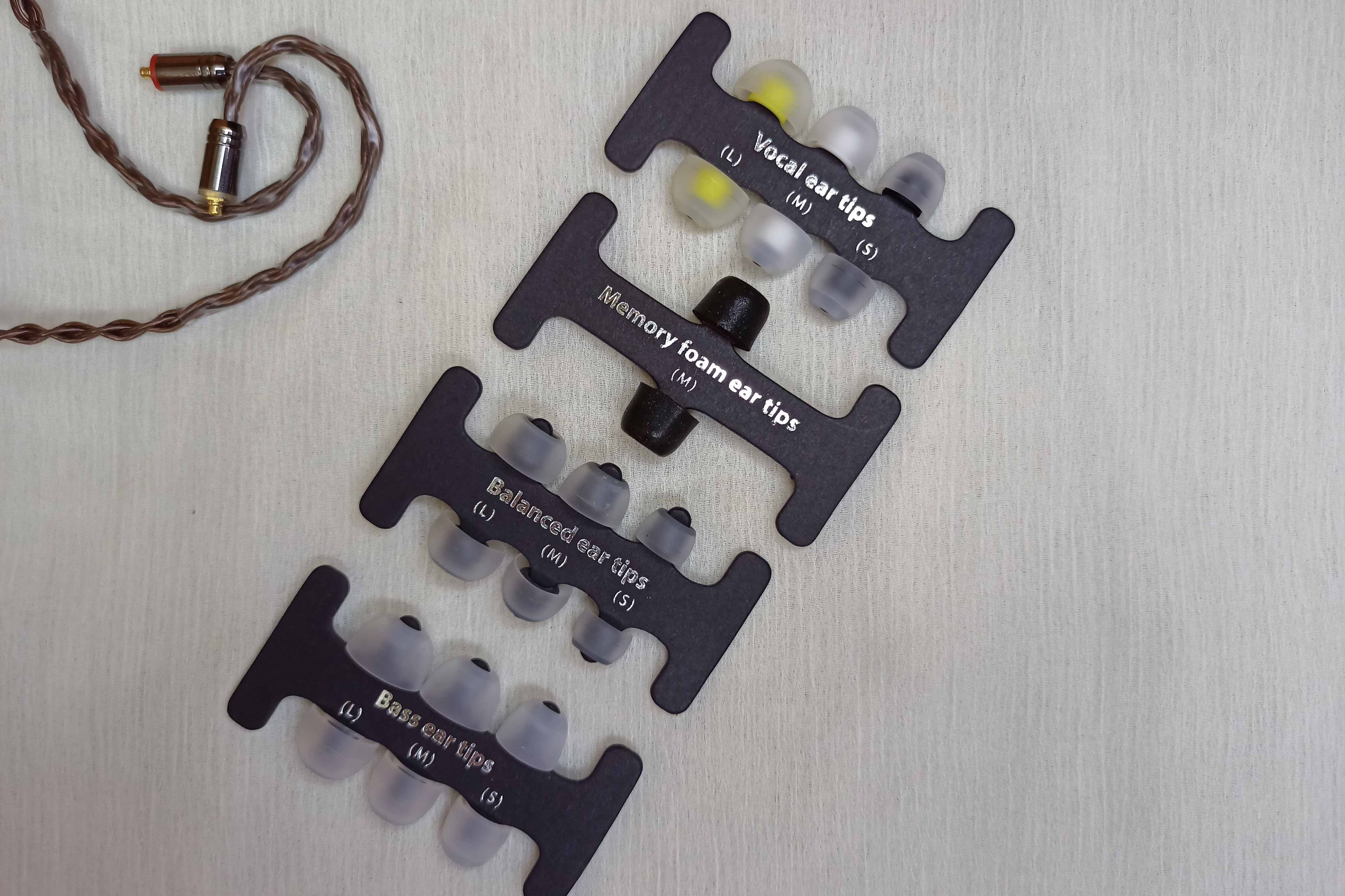




























































I agree with your review. Yes they are not perfect (but not far from for me), i agree that basses could be a bit more texture, but they sound full.
Listening Coldplay, Dire Straits, ACDC, Royal Blood (guitar bass sounds incredibly), they sounds good, detailed, natural, warm with enough clarity. It is true that they reveal many details (that i couldn't hear with mines before) that had richness in your music (if you have good files...).
Even the soundstage is good, wide and deep, separation is very good too.
Sometimes there is a very small touch of "hiss" on certain voices, but it is more due to the recording i guess.
You can push the volume hard as they are non ear fatiguing, but not dull! (cf Starfield which are a bit dull, and less detailed anyway).